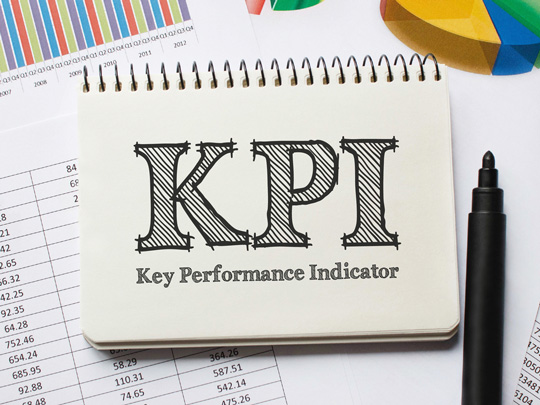Need More Social Media Data? Tips for Instagram Metrics

Recently, we shared tips for using Facebook and Twitter’s built-in analytics tools (often called “native” metrics tools) to understand your audience and advance your social media HIV communications. As a continuation of that discussion, here are some tips on understanding your Instagram data.
Instagram may have a reputation as a platform with a younger demographic, and its 540 million users between the ages of 18 and 34Exit Disclaimer would support that belief, but there are also nearly 250 million users ages 35 and older who make it a compelling platform for HIV communications of all types. So who are your users and how do you find them?
Through Instagram’s free Insights tool, you can find data on:
- Your account, including:
- Total impressions (the number of times your content was viewed)
- Reach (the number of unique users who viewed your content)
- Website clicks (the number of times the link in your bio was clicked)
- Profile views (how many times your profile was viewed)
- Followers (including how many users you gained or lost and the average times of day your followers are on Instagram)
- Your posts, including:
- Likes per post to see which content performed best
- Comments (total number of comments and, through a manual review, how your audience is responding to your content)
- Saves (the number of times users saved or bookmarked the post to view later)
- Actions (the number of times users visited your profile, clicked on your website link, or followed your profile)
- Metrics about your stories, including impressions (number of total views), reach (unique users who viewed the story), taps forward and backward, and exits.
Visit these resources for more information:
“Instagram is our most engaging social media platform that we currently use. We have found through Instagram's Insights tool that our followers prefer colorful, high-quality photos with minimal text and that they prefer photos of identities, individuals, and lived experiences they connect with. We have started to feature more local individuals from the community in our posts and have seen not only a significant increase in the number of comments and likes but also new followers,” said Daniel J. Downer, Founder, The Bros in Convo Initiative.“Our HIV.gov Instagram content is targeted more towards the general public, and we’ve found that facts and statistics get a lot of engagement. We typically use text on a colorful background, and even our graphics that include a lot of text perform well. We’ve also recently started using the stories feature, and the data show a lot of followers are watching the behind-the-scenes content, especially from our work at HIV conferences,” said Eddie Wiley, Online Community Manager for HIV.gov.
Just because you can track the metrics we listed above and in our previous post doesn't mean you need to collect all of the available data. Instead, focus on your goals, what you’re trying to achieve, and what metrics best measure that progress. It’s also important to remember that data from social media platforms may not be enough to fully understand your audience and target your messaging.